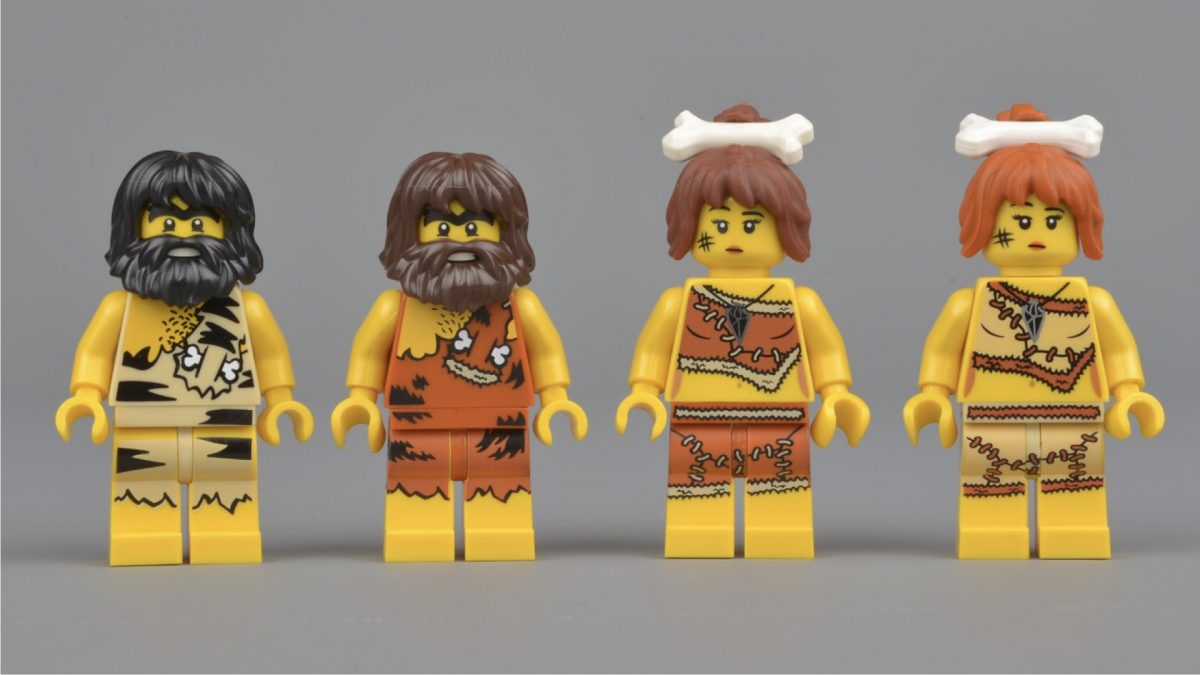There are three broad theories about evolution and food. One is that humans have become adapted to grains and other products of the agricultural revolution over the last 10,000 years. Two is the paleo view “that 10,000 years is a blink of an evolutionary eye, and that humans are adapted to paleolithic diets with a lot of lean meat,” but why stop there? The third theory is that the last 200,000 years “is a minute of the evolutionary year” when we were mostly Stone Age humans and represents just the last 1 percent of the roughly 20 million years we’ve been evolving since our common great ape ancestor. So, What Is the “Natural” Human Diet?
During our truly formative years, which one might say was the first 90 percent of our existence, our nutritional requirements reflected an ancestral past in which we ate mostly leaves, flowers, and fruits, with some bugs thrown in, thanks to wormy apples, to get our vitamin B12. “For this reason, another approach that might improve our understanding of the best dietary practices for modern humans is to focus attention not on the past but rather on the here and now; that is, on study of the foods eaten by the closest living relatives of modern humans,” given the bulk of our ancestral diets and “the lack of evidence supporting any notable diet-related changes in human nutrient requirements, metabolism, or digestive physiology” compared to our fellow great apes.
This could explain why fruits and vegetables are not only good for us but are vital to our survival. Indeed, we’re one of the few species so adapted to a plant-based diet that we could actually die from not eating fruits and vegetables, from the vitamin C-deficiency disease, scurvy. Most other animals simply make their own vitamin C, but why would our body waste all that effort when we evolved hanging out in the trees just eating fruits and veggies all day long?
Presumably, it’s not a coincidence that the few other mammals unable to synthesize their own vitamin C—including guinea pigs, some bunny rabbits, and fruit bats—are all, like us great apes, strongly herbivorous. Even during the Stone Age, data from rehydrated human fossilized feces tell us we may have been getting up to ten times more vitamin C and ten times more dietary fiber than we get today. The question is: Are these incredibly high-nutrient intakes simply an unavoidable by-product of eating whole, plant foods all the time, or might they actually be serving some important function, like antioxidant defense?
Plants create antioxidants to defend their own structures against free radicals. The human body must defend itself against the same types of pro-oxidants, so we too have evolved an array of amazing antioxidant enzymes, which are effective but not infallible. Free radicals can breach our defenses and cause damage that accumulates with age, leading to a variety of disease-causing and ultimately fatal changes. This is where plants may come in: “Plant-based, antioxidant-rich foods traditionally formed the major part of the human diet,” so we didn’t have to evolve that great of an antioxidant system. We could just let the plants in our diet pull some of the weight, like giving us vitamin C so we don’t have to be bothered to make it ourselves. Using plants as a crutch may well have relieved the pressure for further evolutionary development of our own defenses. That is we’ve become dependent on getting lots of plant foods in our diet, and when we don’t, we may suffer adverse health consequences.
Even during the Stone Age, this may not have been a problem. Only in recent history did we start giving up on whole plant foods. Even modern-day paleo and low-carb followers may be eating more vegetables than those on standard Western diets. There’s a perception that low-carbers are chowing down on the three Bs—beef, bacon, and butter—but that’s only a small minority. What they are eating more of is salad. Indeed, according to an online low-carb community, the number one thing they said they were eating more of was vegetables. Great! The problem isn’t people wanting to cut their carb intake by swapping junk food for vegetables. The concern is the shift to animal-sourced foods. “Greater adherence to [a low-carb diet] high in animal sources of fat and protein was associated with higher all-cause and cardiovascular mortality post-MI,” or after a heart attack, meaning they cut their lives short.
If there’s one takeaway from our studies of ancestral diets, perhaps it’s that “diets based largely on plant foods promote health and longevity.”
For more on the paleo and low carb diets, see:
- Paleolithic Lessons
- Low Carb Diets and Coronary Blood Flow
- Paleo Diets May Negate Benefits of Exercise
- The Problem with the Paleo Diet Argument
- Lead Contamination in Bone Broth
- Paleopoo: What We Can Learn from Fossilized Feces
- Paleo Diet Studies Show Benefits
If you were fascinated by how we can take advantage of plant defense mechanisms, check out my videos Appropriating Plant Defenses and Xenohormesis: What Doesn’t Kill Plants May Make Us Stronger.
How many antioxidants should we shoot for? See:
- Minimum “Recommended Daily Allowance” of Antioxidants
- Antioxidant-Rich Foods With Every Meal
- How to Counter the Inflammation of Aging
- Antioxidants and Depression
In health,
Michael Greger, M.D.
PS: If you haven’t yet, you can subscribe to my free videos here and watch my live, year-in-review presentations:
- 2012: Uprooting the Leading Causes of Death
- 2013: More Than an Apple a Day
- 2014: From Table to Able: Combating Disabling Diseases with Food
- 2015: Food as Medicine: Preventing and Treating the Most Dreaded Diseases with Diet
- 2016: How Not To Die: The Role of Diet in Preventing, Arresting, and Reversing Our Top 15 Killers
